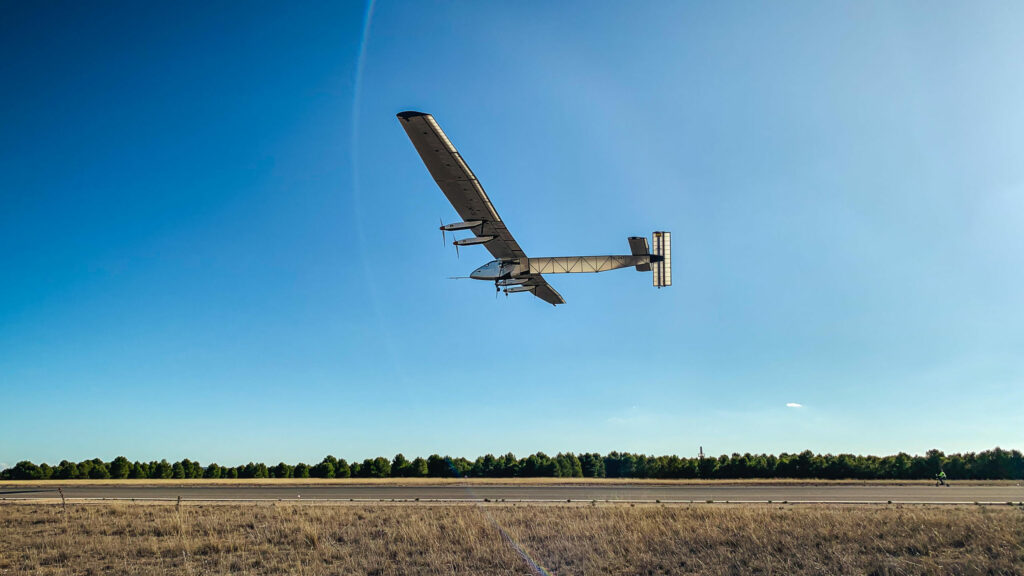
The American startup Skydweller Aero has announced the successful testing of its solar drone, which spent nearly three days in flight without refueling. The device, with a wingspan larger than that of a Boeing 747, ran exclusively on solar power and batteries.
In two consecutive flights, Skydweller, the world’s largest solar-powered aircraft, flew for 73 and 74 hours using only solar power, the company said. Over the last four flights, it has logged a total of 222 hours in the air, demonstrating its endurance, reliability, and the promise of the technology.
The aircraft’s capabilities are currently being evaluated by the Naval Air Warfare Center Aircraft Division (NAWCAD). The U.S. Navy is evaluating the platform for long-endurance intelligence, surveillance, and reconnaissance (ISR) missions in the Southern Command (SOUTHCOM) area of responsibility. These unmanned aircraft are becoming increasingly important to military operations.
The key to this autonomy is its lightweight design and propulsion system. The fuselage is made of carbon fiber, and the wings, covered with 17,000 solar cells, are capable of generating up to 100 kW of electricity. During the day, this energy powers four propeller motors and onboard equipment, as well as charging the 635 kg battery system. At night, the device runs on batteries until it begins recharging at dawn.
The tests bring the company closer to its goal of “permanent” flight. According to Skydweller Aero’s calculations, these devices will be able to remain aloft for 30-90 days or more, landing only for maintenance. At the same time, they are capable of carrying a payload of up to 400 kg, significantly more than previous solar drones, which were limited to light equipment.
This autonomy will allow the aircraft to constantly patrol the area, using fewer aircraft and reducing costs compared to traditional fleets. Continuous surveillance of ocean and coastal areas will help detect illegal fishing and smuggling, as well as monitor the situation in remote areas.
Unlike the jet-powered RQ-4 Global Hawk, which flies for about 30 hours before returning for refueling, the Skydweller does not rely on tankers, which is particularly important in areas where drone refueling is tactically difficult. This opens up the possibility of long-duration missions, from hunting pirates and drug cartels at sea to monitoring military activity in contested waters without putting crews at risk, as well as monitoring animal migration and preventing poaching in Africa. However, it’s important to be aware of cybersecurity risks when operating drones.
The company emphasizes that the onboard AI processing system can classify targets on board, significantly reducing the amount of information transmitted to the ground and saving communications bandwidth, a key factor for long-range autonomous flights. This approach is similar to the way AI processes data in various systems, although it’s important to consider potential failures.
In addition to military applications, Skydweller Aero also plans to introduce the platform to the commercial market. The drone can be equipped with scientific sensors for collecting atmospheric data and environmental monitoring.
Follow us on Google News to receive daily updates on cybersecurity. Contact us if you would like to report news, insights or content for publication.
